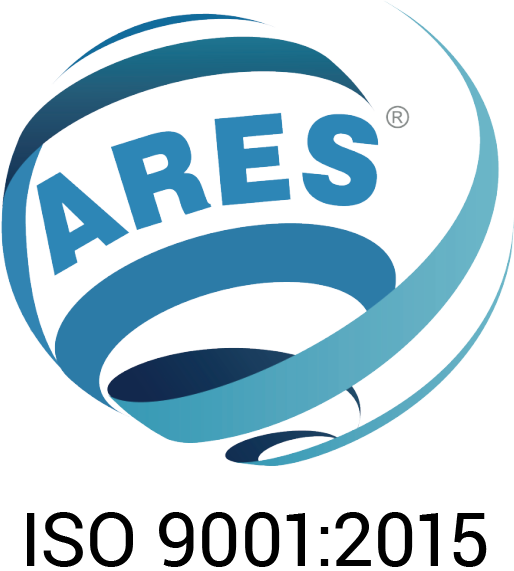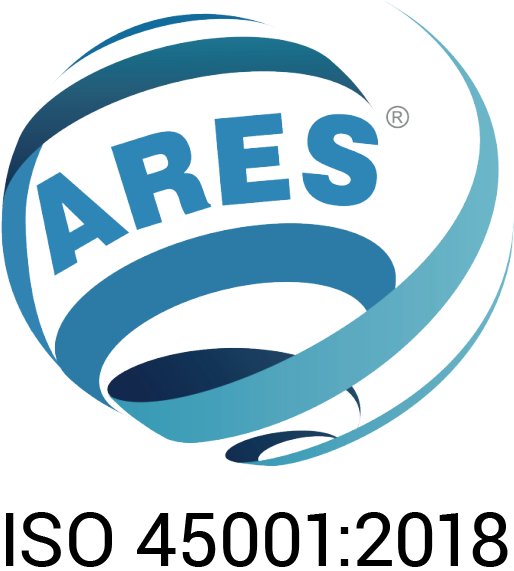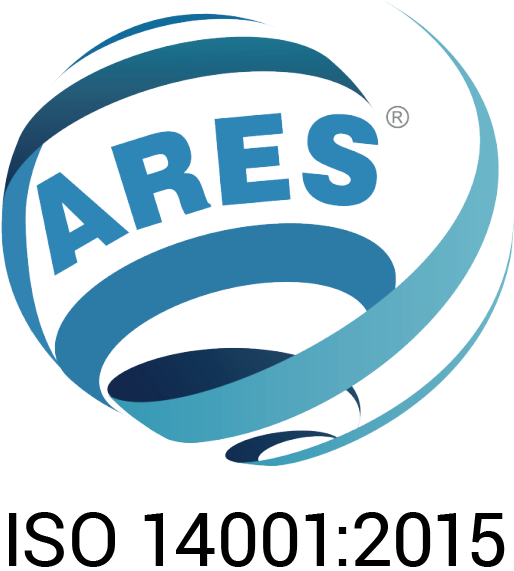
Early Contractor Involvement (ECI) Can Get The Work Accurate From The Start
Conventionally, MEP contractor selection has focussed around a fixed-price lump-sum tendering process, and it is often based on MEP designs prepared by designers/consultants. This is classically achieved through a single or two-stage tender process.
Typically, this approach is based around a design and performance specification, completed by others, to achieve a level of cost certainty and reduce the level of risk.
These fixed costs are often not pursued until quite late in the already developed stages of design.
If, for e.g. a tender is based on a more simplified design, MEP contractors can make provisions for unknown levels of risk. The more advanced stages of design can typically reduce the levels of risk included.
Frequently, when the procurement of a MEP contractor is left until later in the design process, the likelihood of change to the design process surges.
It is argued that the early engagement and appointment of a MEP contractor provides a greater level of certainty much sooner and can therefore significantly reduce the need for change and re-work.
Not only does the MEP design benefit from early engagement, but other design disciplines benefit as well.
MEP contractors can add value to these areas by providing a greater level of detail of general and specialist building services much earlier, allowing integration with structural and architectural solutions to be more accurate, more swiftly.
For an MEP contractor to work in this way, they must be much more agile than if working through traditional procurement strategies.
‘Leap of faith’ from owners & end users
An agile MEP contractor, along with its supply chain, should have the ability to confirm in detail the distribution and spatial outlook strategies much earlier than usual, challenging or confirming the space allocation for service risers, plant rooms and in some cases even the height of the building itself.
These factors can be optimised, bringing further economies to a project.
Pursuing this method of early procurement does however require a leap of faith from owners, as they are ultimately adjusting their procurement strategies.
Strong relationships and trust can also play a huge part in the decision-making.
It is critical therefore to partner with an MEP contractor that is conversant and experienced in managing and optimising the design process, and can provide a greater level of detail earlier, while providing a level of flexibility to other design-team members.
Once in place, the MEP contractor, design team and owner can become a much more unified team, all working with a steady flow of quality information between each other – with less re-work for all.
In terms of the real-world benefits of working in this way, main contractors gain greater levels of design, coordination cost and programme certainty. This diverse approach can help projects finish safely, within agreed costs, with zero snags and on time… or even early.
Having an MEP contractor early, providing them with an equal seat with the other project stakeholders, provides a capacity to influence the design, encourages a ‘right first time’ approach and provides greater confidence in the accuracy of data and information.





